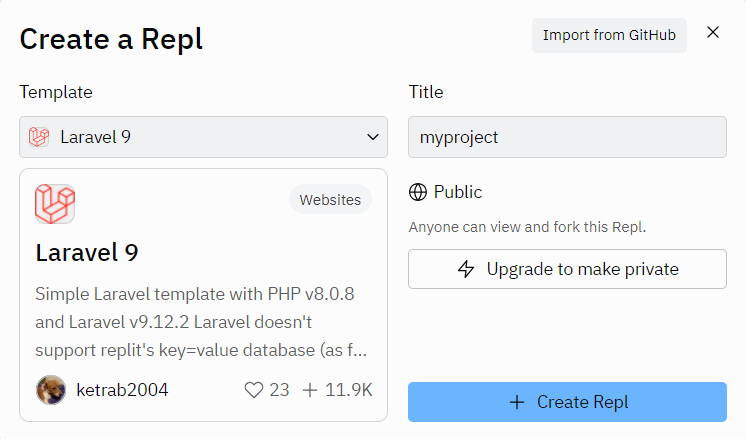.
Short texts refer to textual data that consists of a small number of words or characters. Unlike longer texts, which can span multiple paragraphs or pages, short texts are typically concise and contain limited information.
Short texts can take various forms, including social media posts, tweets, chat messages, product reviews, headlines, and search queries. These texts are often characterized by their brevity, which presents unique challenges for natural language processing (NLP) tasks and analysis.
Key characteristics of short texts:
1. Lack of context: Short texts often lack the surrounding context that longer texts provide. They may not contain explicit information about the topic, background, or context of the communication. This absence of context can make it more challenging to understand the intended meaning or perform accurate analysis.
2. Informal language: Short texts tend to be written in a more casual and informal style, particularly in social media or messaging platforms. This can include the use of abbreviations, acronyms, slang, emoticons, or unconventional grammar and spelling. Understanding and processing such informal language can be difficult for NLP models.
3. Noisy and incomplete information: Due to their brevity, short texts often lack comprehensive information. They may only provide a snippet of a larger conversation or express an idea in a condensed form. Additionally, short texts can contain noise, such as typographical errors, misspellings, or incomplete sentences, which can further complicate NLP tasks.
4. Domain-specific challenges: Short texts in specific domains, such as medical or legal texts, can present additional challenges. These domains often have specialized vocabulary, technical terms, or jargon that may require domain-specific knowledge for accurate understanding and analysis.
Handling short texts in NLP tasks requires specialized techniques and models that can effectively capture the limited context and extract meaningful information from the available text. Techniques such as word embeddings, recurrent neural networks (RNNs), or transformer-based models like BERT or GPT have been employed to address the challenges associated with short texts.
Short text analysis finds applications in various areas, including sentiment analysis, topic classification, spam detection, chatbot systems, social media monitoring, and customer feedback analysis, among others.
.
Read More








